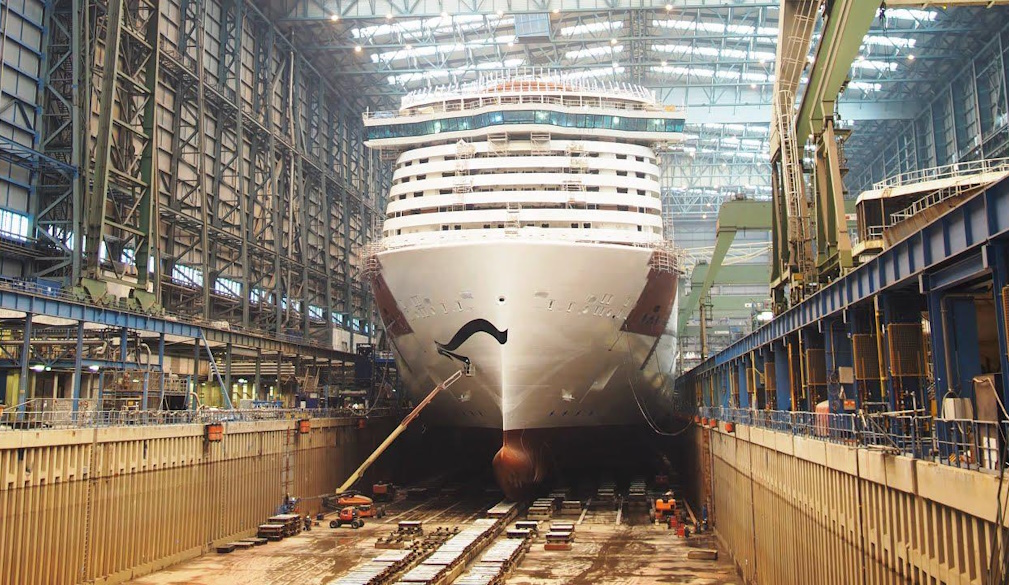Buttweld fittings: what are they & why are they so good for water transport?

Whether the pipe is exposed or underground, buttweld technology is imperative for water transportation networks. Steel fixtures play an essential role in keeping the water network from failing whilst allowing directional changes along the route.
So, what exactly is this technology? And why is it so good for water transport?
The different types of fixtures
There are numerous buttweld fittings that provide various advantages for water transport, including:
-
Designs that alter the water flow;
-
Caps that close off a network either temporarily or permanently;
-
Reducers that can increase or decrease the pipeline’s diameter;
-
Tees with the ability to split the water’s flow in numerous directions.
They can be produced from a range of materials including nickel, duplex or carbon alloys. Regardless of the material used, the fixture must be manufactured to high standards to ensure it can handle the pressure supplied through them. Correct fixture manufacturing reduces the risk of dangerous and expensive pipe ruptures, and that’s why you should always purchase them from a quality provider.
And, what are their benefits?
There are numerous benefits to using these first class fixtures for water transport, including:
-
They provide a sturdy, durable protective piping connections that can handle high pressure for small or large water flow;
-
They can minimise the increased turbulence or pressure drops found with production ebbs and flows;
-
They have a long service life that allows you to place them and simply allow them to do their job.
What’s more, they are rather inexpensive technology, allowing you to deploy a highly customisable solution within the guides of industry best practices and regulatory rules. You can personalise the order to control parts of the diameter, thickness and even the style of materials utilised in producing the fixtures. This customer-centric service often makes this product the best for purchase, as you can truly customise it to suit your organisational needs.
Buttweld fittings easily become one of the sturdiest parts of a pipeline build, as they are able to withstand high amounts of pressure in both external and internally difficult conditions. They can handle corrosion and erosion much better than socket-welded materials or threaded connection points. However, you should enlist a highly trained welder to install the solution and ensure you get the best, most efficient solution for many years to come.
Where can they be found?
When it comes to water and similar liquid products, buttweld fittings can be found in the following:
-
Wastewater treatment plants utilise this technology to handle the flow of human waste safely and efficiently;
-
Breweries often use this essential technology to help move their products as it provides a safe and stable method for beer transport.
They are easily one of the most important fixtures found in water and other liquid transport services. Anytime such liquids require long distance movement, this technology is typically employed to direct the product’s flow. They are essential for separating and even stopping flow whilst regulating pressure.
So, as you can see, buttweld fittings play an essential role in the safe and efficient transport and direction of water. Whether in wastewater management plants or in residential or industrial plumbing applications, this technology is ubiquitous for ensuring proper liquid transport.
It’s for these reasons that whilst you may not see this essential technology providing this service, you can set it and forget it with the knowledge that it will get the job done to the highest degree of efficiency.



